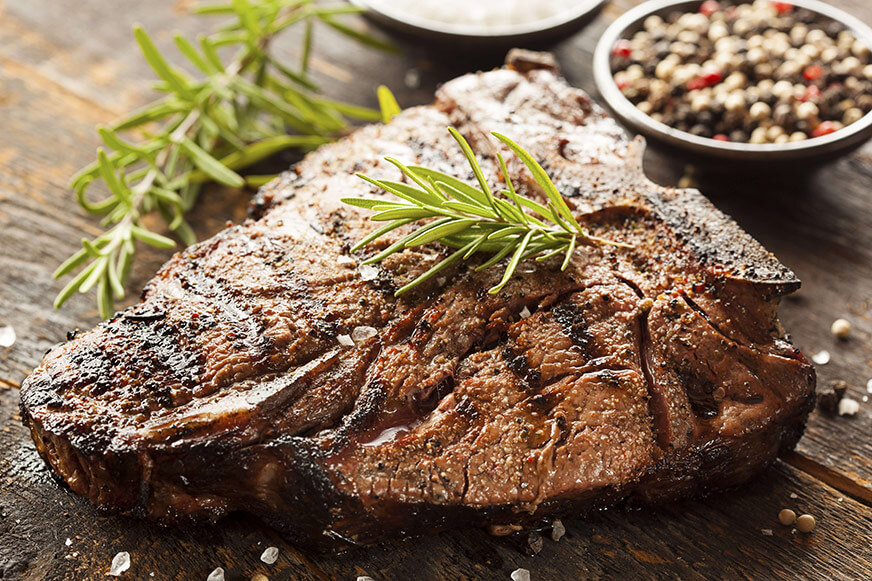Tips For a Good Dry Rub
As summer barbecue season rolls around, you might feel the urge to move your culinary class outside. If you’re looking to diversify your summer barbeque routine, we recommend ditching the sauce and trying a dry rub on ribs, steaks and chicken. Here are some tips for getting the most flavor out of your blend of herbs, spices, salts and sugars.
Keep it fresh
Fresh ingredients for dry rub mixes are essential. You don’t want to use spices and seasonings that have been sitting on a shelf for years. Even ground pepper starts to lose flavor after a few months. Don’t write off all the prepackaged shaker options though, you can use fresh garlic powder instead of minced to keep your mixture dry.
Once you have made your dry rub mixture you can keep it in an airtight container for about six months. So it should last you through the summer.
Applying the rub
Wash the meat and pat it dry before you season. There are two preferred methods to applying dry rub. You could place the rub in a container and lay the meat on top of the mixture to apply evenly. Then flip the meat over and do the other side. Make sure the meat is covered. Any remaining dry rub should be disposed of. For health safety reasons you should never store rub that has touched raw meat.
The other method is to use your hands. Spread the rub on the meat and use your hands to make sure it is evenly coated. This is our recommended method as it avoids waste and usually provides better coverage. It is called a “rub” after all.
If you are cooking chicken, apply the rub under the skin. This allows the chicken’s juices to mix with the seasoning mixture while cooking.
If you are cooking fish, mist the fish with water or oil to make sure the rub sticks to the meat.
Choosing your ingredients
There is really no right or wrong blend but there are common starting points.
Salt – Basic, kosher, or sea salt are all options. Salt carries the flavors of the meat and other seasonings. The ratio of the salt is dependent on the ratio of your next ingredient: sugar.
Sugar – Sugar is good for creating a caramelized effect. Sugar is better for slow-cooked barbeque as it will burn at higher heats. Sugar should be balanced by the salt. Pork dishes are better served by higher sugar ratios, while beef, chicken and fish should have higher portions of salt.
Pepper – Pepper will determine how much of a kick your rub will have. You can use black, Chile or white pepper depending on the ratio of heat and flavor you are looking for.
Transition spices – Paprika and chili powder are two popular candidates for blending the flavors of your salt, sugars and peppers. They could also give your final product a good color.
Signature ingredients – These are what will give the rub its unique flavor. You can use mustard powder, dill, chive, garlic powder or any other number of options. The key is to match the flavors to the meat and whatever ingredient you choose should be finely minced, chopped or ground to spread evenly.


